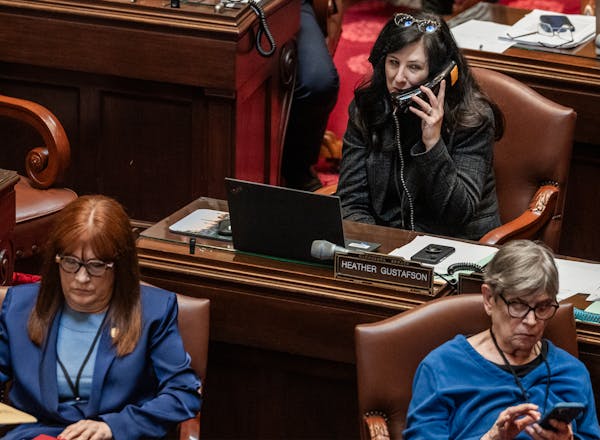Recently, it was announced that children between the ages of 5 and 11 can take Pfizer's COVID-19 vaccination, which is wonderful news for children and can hopefully put more parents at ease as they send their kids to school.
However, approval of this COVID-19 vaccine also raises two questions:
1) Will this vaccine really be equitably distributed to all children — including children from different ethnic backgrounds and socioeconomic statuses?
2) Although this vaccine may bring more ease to students, what else is being done to address the immense amount of trauma that these children have faced since 2020?
According to the Kaiser Family Foundation's recent report on COVID-19 vaccinations by race/ethnicity, there has been an overall increase in the percentage of people who have taken at least one dose of the vaccine since March 2021. However, I worry that with this recent news, we will once again see inequities re-emerge among children unless a lot of intentionality is put in place from the beginning.
Many of these vaccine distribution inequities occurred due to myriad reasons rooted in systemic racism.
So, if there is a parent who is working multiple jobs in order to provide for her household, as a society, how can we make it easier for her to bring her children to the clinic to be vaccinated?
Are we also making sure that these vaccination sites are located in communities that have been negatively impacted by redlining and that usually receive fewer resources compared to the general population?
In order to address these concerns, businesses and companies should give parents opportunities to leave work early or in the midday in order to drive their children to a vaccination site with no penalty, especially if they are working multiple jobs or are already burdened financially.
There should also be opportunities to bring vaccine sites to schools in more ethnically diverse districts and also in lower-income neighborhoods. Parents can be given the opportunity to sign a consent form and the children could have time slots to take their shots at school.
This is the type of intentionality we need in order to not allow disparities in COVID-19 vaccination rates to mirror what we have been seeing throughout this year among children.
It has already been revealed that the COVID-19 vaccination rates for children aged 12-17 are mirroring regional disparities. Therefore, if we are already seeing this among kids aged 12-17, we will most likely see the same problem once again, unless we do something about it.
In addition to promoting equitable vaccine distribution, we should also acknowledge that although this vaccine might slowly bring educational experiences back to normal, it will not heal the trauma in these children. We have yet to see how COVID-19 has shaped children's worldview and we need to begin conducting longitudinal studies to examine how this pandemic may negatively affect them mentally in the future.
However, we shouldn't wait until we read these results years from now before we do anything to address their trauma, because not addressing their trauma now will lead to even more problems in the future.
There needs to be a greater push for schools to encourage students to see therapists and provide counseling sessions during school hours. Schools should also create intentional spaces for healing-centered community practices and incorporate teaching students how to heal from trauma within curricula. If we want the next generation to grow up mentally healthy, we can't stop with just distributing the vaccine.
Ayomide Ojebuoboh is a medical student at the University of Minnesota.
For Mother's Day, I don't want brunch. We need a cease-fire.



